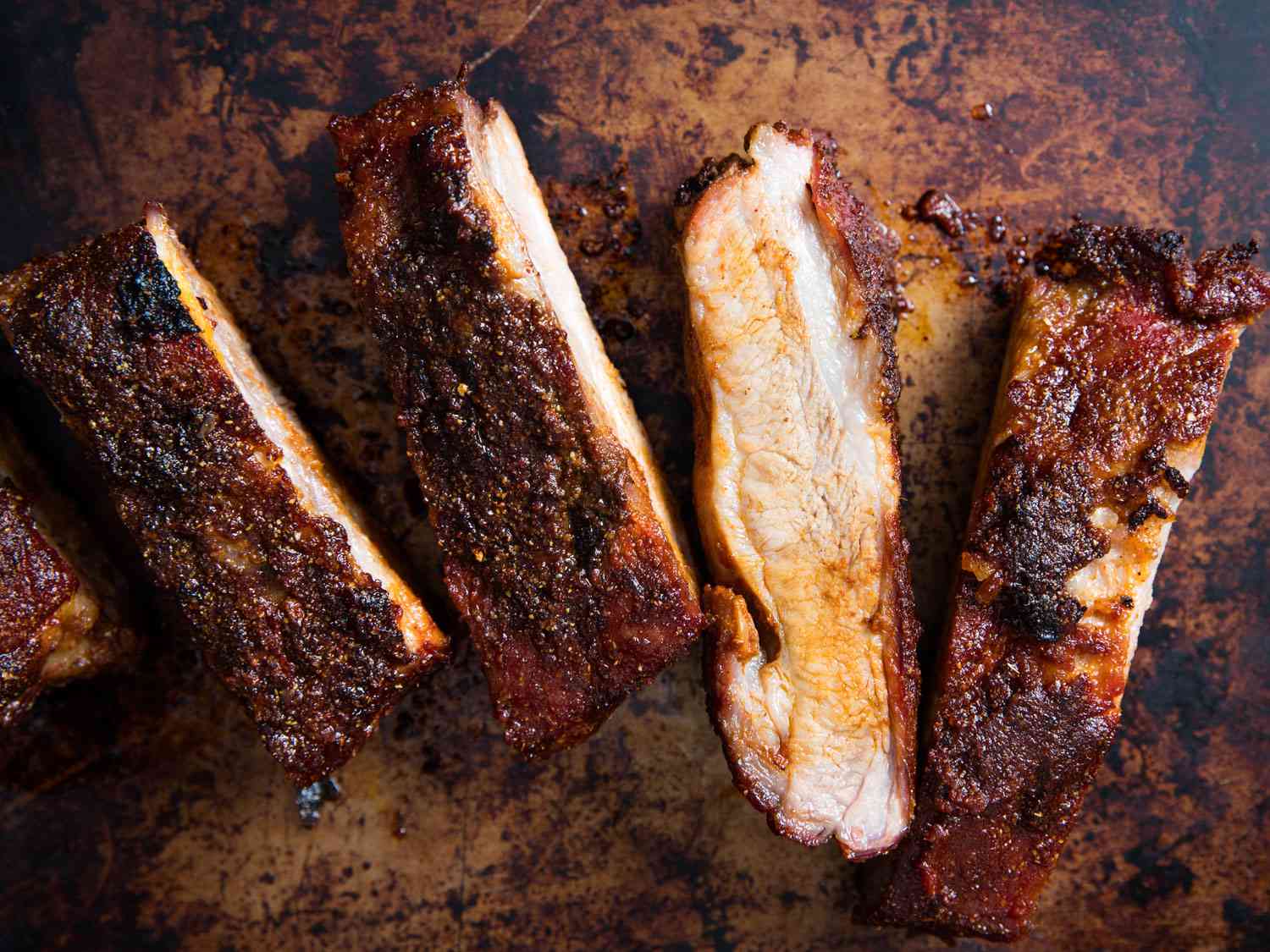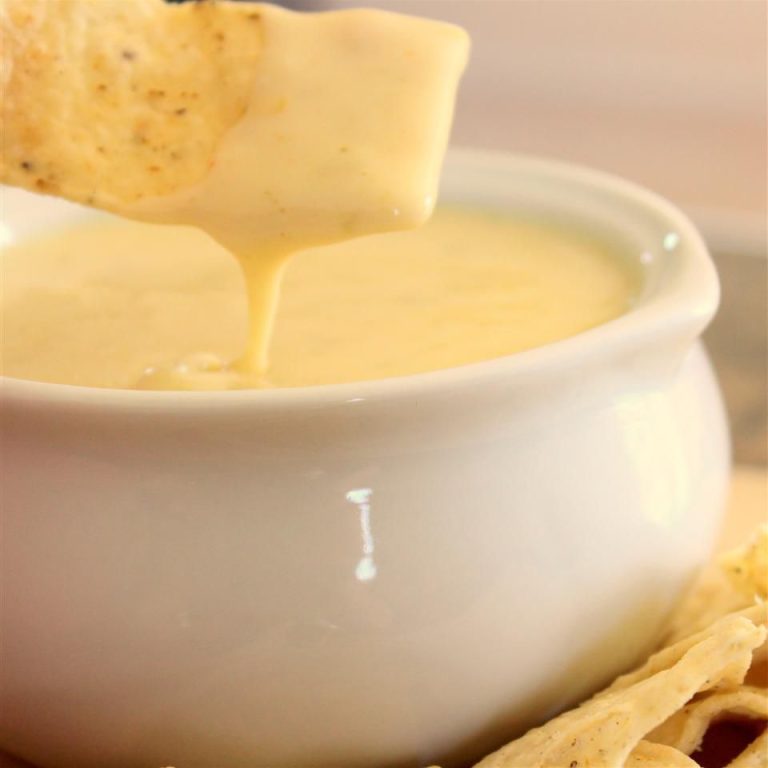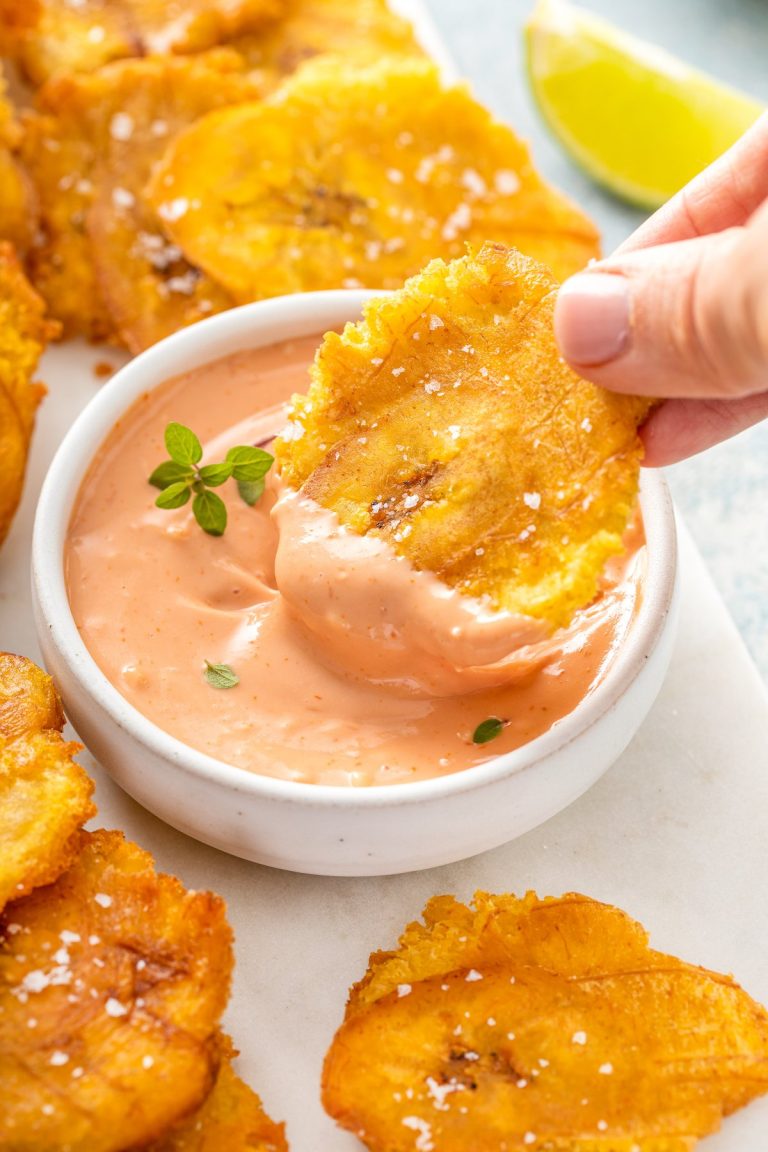Barbecue Ribs: History, Techniques, and Serving Tips
Barbecue ribs trace their origins to indigenous cooking methods in the Caribbean. Spanish explorers brought these techniques to the Southern United States in the 16th century. Native tribes used various slow-cooking methods, such as smoking meat over indirect heat, laying the groundwork for modern barbecue.
In the US, barbecuing ribs became a cultural centerpiece, especially in Southern states. Traditions evolved through African-American communities in the South, who refined the cooking process and introduced regional flavors. Barbecue ribs quickly became a staple at social gatherings and celebrations, underscoring their cultural importance.
Regional Variations in the US
Barbecue ribs in the US vary significantly by region, each with distinct flavors, cooking techniques, and sauces.
- Memphis: Memphis-style ribs use a dry rub of spices and are slow-cooked. They can also be served “wet,” with a tangy tomato-based sauce.
- Kansas City: Kansas City-style ribs feature a thick, sweet, tomato-based sauce. They use both dry and wet methods, often coated with a generous layer of sauce.
- Texas: Texas-style ribs focus on beef ribs, emphasizing a simple rub of salt and pepper. They use a smoking method that highlights the meat’s natural flavor.
- Carolina: Carolina-style ribs spotlight pork, seasoned with a vinegar-based or mustard-based sauce. They often use a slow-cooking method with indirect heat.
Understanding these regional differences can enhance your appreciation of barbecue ribs’ rich history and cultural significance.
Essential Ingredients for Barbecue Ribs
Best Cuts of Meat for Ribs
Barbecue ribs become delicious when you start with the best cuts of meat. Pork ribs, including baby back ribs, spare ribs, and St. Louis-style ribs, are popular choices. Baby back ribs come from the upper loin section, offering tender meat. Spare ribs come from the lower belly, providing more fat and flavor. St. Louis-style ribs are simply trimmed spare ribs, making them easier to cook evenly.
Beef ribs, such as short ribs and back ribs, deliver a different experience. Short ribs offer rich, marbled meat, while back ribs are leaner with a stronger flavor. Each cut has distinct characteristics that can influence your barbecue flavor profile.
Choosing the Right Marinades and Rubs
Marinades and rubs contribute significantly to the flavor of your barbecue ribs. Marinades typically involve acidic ingredients like vinegar or citrus juice, which tenderize the meat. Common marinade components include soy sauce, Worcestershire sauce, garlic, and herbs.
Rubs consist of a blend of spices and seasonings that adhere to the ribs’ surface. Paprika, brown sugar, salt, and black pepper form a basic rub foundation. Other popular ingredients include cumin, garlic powder, onion powder, and chili powder. Regional variations might introduce unique flavors, such as cayenne pepper for a spicy kick or mustard powder for a tangy note.
Applying marinades and rubs properly ensures that the flavors penetrate the meat, enhancing the overall taste and texture of your barbecue ribs.
Cooking Techniques
Smoking vs. Grilling
Both smoking and grilling offer distinct approaches to cooking barbecue ribs. Smoking uses low temperatures, typically between 225–250°F, and indirect heat to infuse ribs with a rich, smoky flavor over several hours. Wood choice, such as hickory, mesquite, or applewood, plays a crucial role in the final taste.
Grilling, in contrast, applies high heat directly to the meat. It cooks ribs faster and creates a charred exterior. Use a two-zone fire setup for best results: direct heat for searing and indirect heat for slower cooking. Grilling is ideal for those who seek a quicker method without sacrificing a flavorful crust.
Tips for Getting the Perfect Bark
Achieving a perfect bark requires specific techniques. Apply a dry rub generously to the ribs’ surface, incorporating seasonings like sugar, salt, and spices. Sugar caramelizes during cooking, contributing to a crispy texture.
Maintain a consistent temperature around 225–250°F when smoking ribs. Consistent heat allows the rub to bind and form a bark without burning.
Manage moisture by spritzing ribs with apple juice or a vinegar-water mix every hour. This not only keeps them moist but also aids in bark formation. Use a quality wood type, such as hickory, cherry, or oak, for enhanced flavor and color depth.
Serving Suggestions
Pairings with Side Dishes
Serve barbecue ribs with classic side dishes to complement their rich flavors. Baked beans, coleslaw, and cornbread enhance the savory taste profile. Potato salad adds a creamy texture, while mac and cheese provides a comforting, cheesy balance. For a lighter option, consider grilled vegetables like corn on the cob or asparagus. These side dishes not only enhance the flavor but also provide a well-rounded meal. Mix and match to find your perfect combination.
Presentation Tips
Present your barbecue ribs in an appealing manner to impress your guests. Arrange the ribs on a platter, layering them slightly. Garnish with fresh herbs like parsley or cilantro for a touch of color. Use a sharp knife to cut the ribs cleanly, ensuring even portions. Serve the ribs with a drizzle of extra barbecue sauce on the side in small bowls. To elevate the experience, consider using wooden cutting boards or rustic plates, enhancing the overall aesthetic of your presentation.
Conclusion
Barbecue ribs offer a rich tapestry of flavors and history, making them a beloved dish across various regions. By understanding the roots and techniques that have shaped this culinary delight, you can elevate your rib game to new heights. Whether you’re smoking, grilling, or experimenting with different styles, the key is to enjoy the process and share the delicious results with friends and family. Pairing your ribs with classic sides and thoughtful presentation will ensure your barbecue is a memorable feast. So fire up the grill and let your taste buds embark on a flavorful journey.






